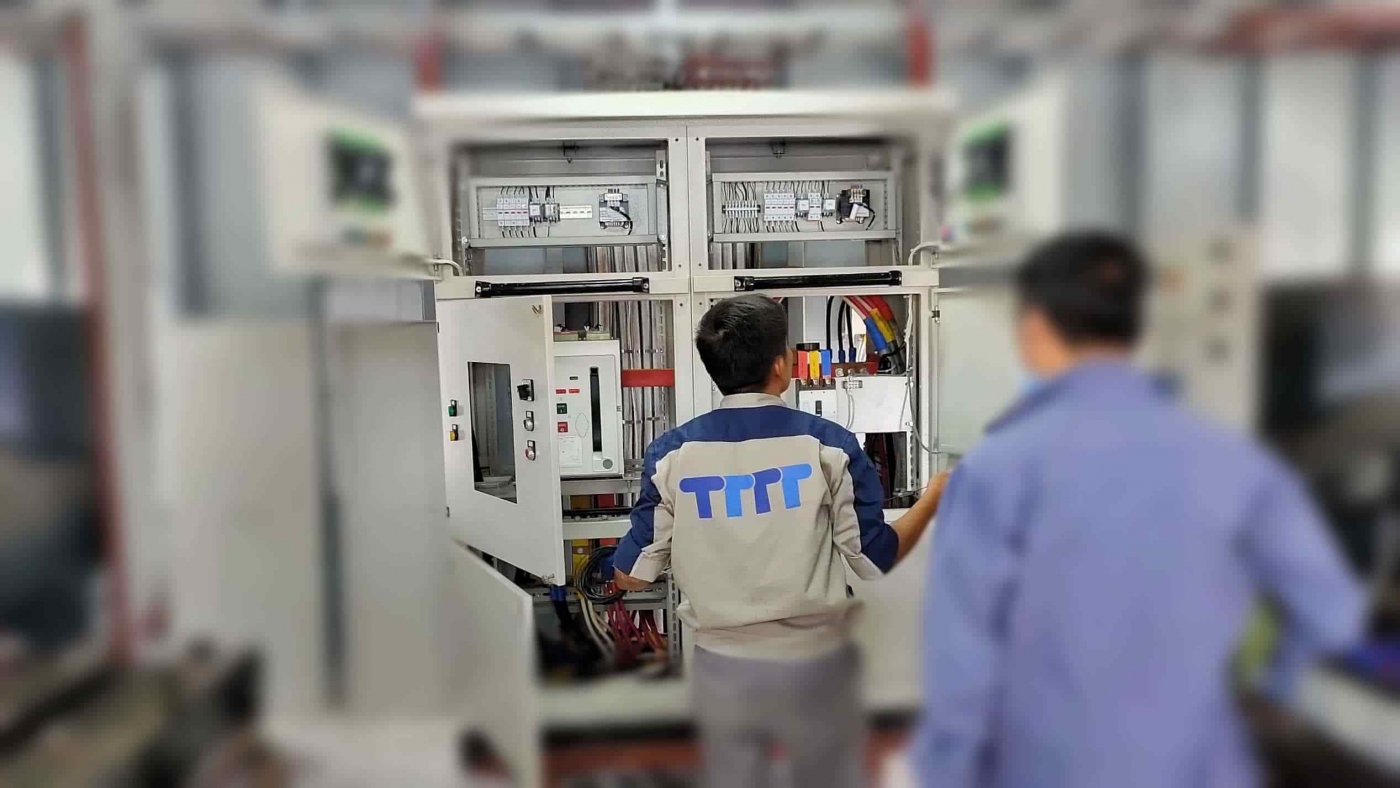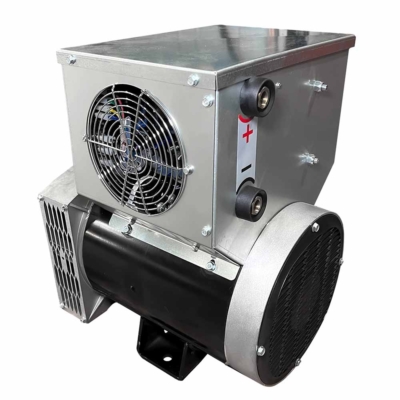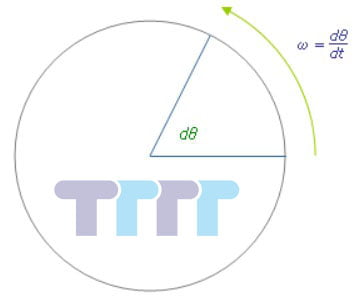A nuclear power plant is an industrial facility used to produce electricity by utilizing the process of nuclear fission. This is one of the cleanest and most efficient energy sources today, providing a large amount of electricity for human consumption needs. In a nuclear power plant, fission occurs when the nuclei of certain elements (mainly uranium or plutonium) are broken into smaller segments. This process releases a large amount of energy in the form of heat, which is then used to heat water to create steam. This steam turns turbines, which in turn drive generators to create electricity.
You may be interested in the following articles:
- Learn about the concepts and applications of nuclear power
- Wind power map in Vietnam
Contents
History of development of nuclear power plant
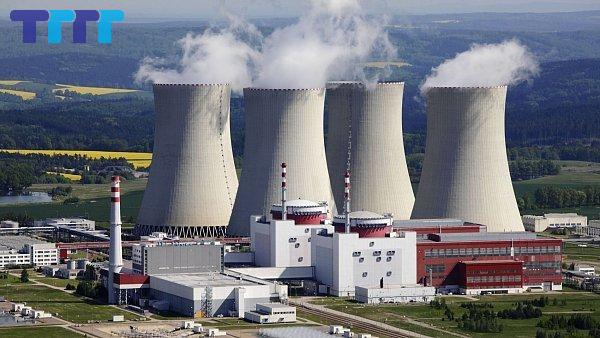
The beginning of nuclear technology
The history of nuclear power plant TTTT Global begins with the discoveries of atomic structure and nuclear energy in the early 20th century. Scientists such as Marie Curie, Ernest Rutherford and Enrico Fermi played important roles. important in discovering the fundamental principles of nuclear physics.
Manhattan Project and the birth of the first nuclear reactor
An important turning point in the history of nuclear power plant development was the Manhattan Project, a research program conducted by the United States government during World War II. The original purpose of this project was to develop nuclear weapons, but it also led to the construction of the first nuclear reactor in 1942 at the University of Chicago.
The birth of the first commercial nuclear power plant
After World War II, nuclear technology began to be applied for civilian purposes, especially electricity production. The world’s first commercial nuclear power plant was the Shippingport Plant in Pennsylvania, USA, which went into operation in 1957.
Development of the nuclear power industry
In the following decades, the nuclear power industry grew rapidly globally. Many countries have built and put into operation nuclear power plants to meet increasing energy demand. However, some serious incidents such as the Chernobyl nuclear disaster in 1986 and the Fukushima Daiichi nuclear power plant accident in 2011 have caused safety and environmental concerns.
See more: Check out the latest automatic voltage regulator prices in 2024.
Types of energy sources in nuclear power plant
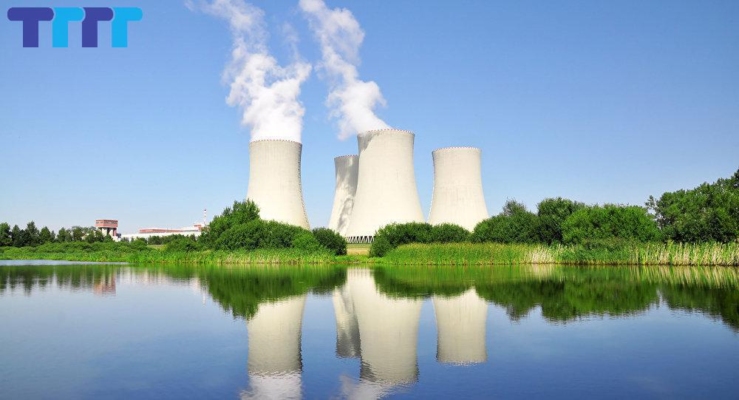
Uranium
Uranium is the main raw material used in most modern nuclear power plants. This is a naturally radioactive element that can be mined from ore deposits. During production, uranium is often enriched to increase the content of the fissile isotope U-235.
Plutonium
Plutonium is an artificial element created in a nuclear reactor from uranium-238. It is also an important raw material in nuclear power plants, especially in breeder reactors.
Tori
Torium is a rare naturally occurring radioactive element, but can also be used as fuel in nuclear reactors. However, due to its scarcity and high cost, tori is not currently widely used in nuclear power plants.
Advantages and disadvantages of nuclear power plants
Advantages
Clean and efficient energy
Nuclear power plants produce electricity without emitting greenhouse gases such as carbon dioxide, helping to reduce the impact of climate change. At the same time, they also provide an efficient and stable source of energy.
Abundant source of energy
Uranium and plutonium raw materials used in nuclear power plants can be exploited from many areas around the world, ensuring abundant supplies.
Low operating costs
Although the initial cost of building nuclear power plants is high, their operating and electricity production costs are quite low compared to other energy sources.
Disadvantages
Safety risks and nuclear accidents
Although rare, serious accidents in nuclear power plants can have serious environmental and public health consequences.
The problem of radioactive waste treatment
Radioactive waste from nuclear power plants needs to be managed and stored safely for long periods of time, which requires large costs and complex treatment technology.
High construction costs
Building a nuclear power plant requires a large amount of investment, including ensuring safety and compliance with high quality standards.
Safety and environment in nuclear power plant operations
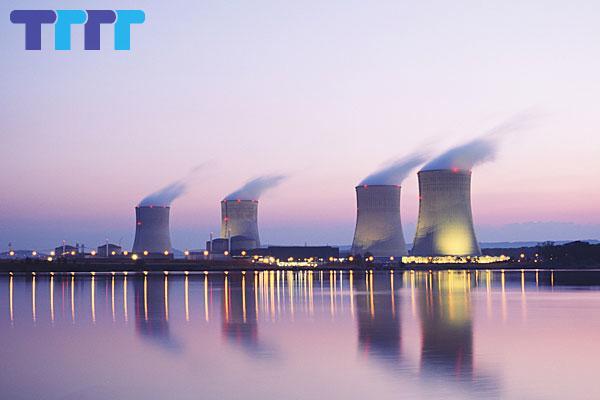
Safety standards
Nuclear power plants must comply with strict safety standards to ensure that their operations do not pose a danger to humans and the surrounding environment. Organizations such as the IAEA (International Atomic Energy Agency) have specific guidelines and standards for the operation of nuclear power plants.
Environment
Nuclear power plant operations can affect the surrounding environment, especially in the treatment and storage of radioactive waste. Therefore, environmental protection measures need to be strictly applied to ensure that no pollution occurs.
See more: Buy genuine, cheap low rpm alternator
Company name:
TTTT GLOBAL co Ltd,.
Address: Landmark 4 Building, Vinhomes Central Park, 720A Dien Bien Phu Str, Ward 22, Binh Thanh District, Ho Chi Minh City, Vietnam.
Website: https://ttttglobal.com/en/
Hotline: +84286 2728 334
Email: Info@ttttglobal.com

